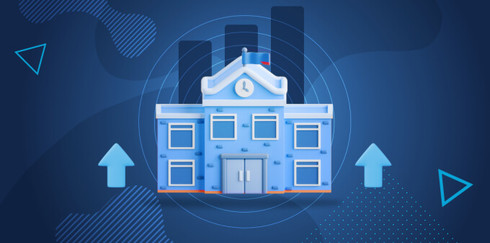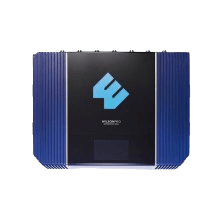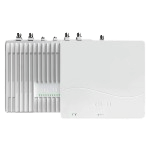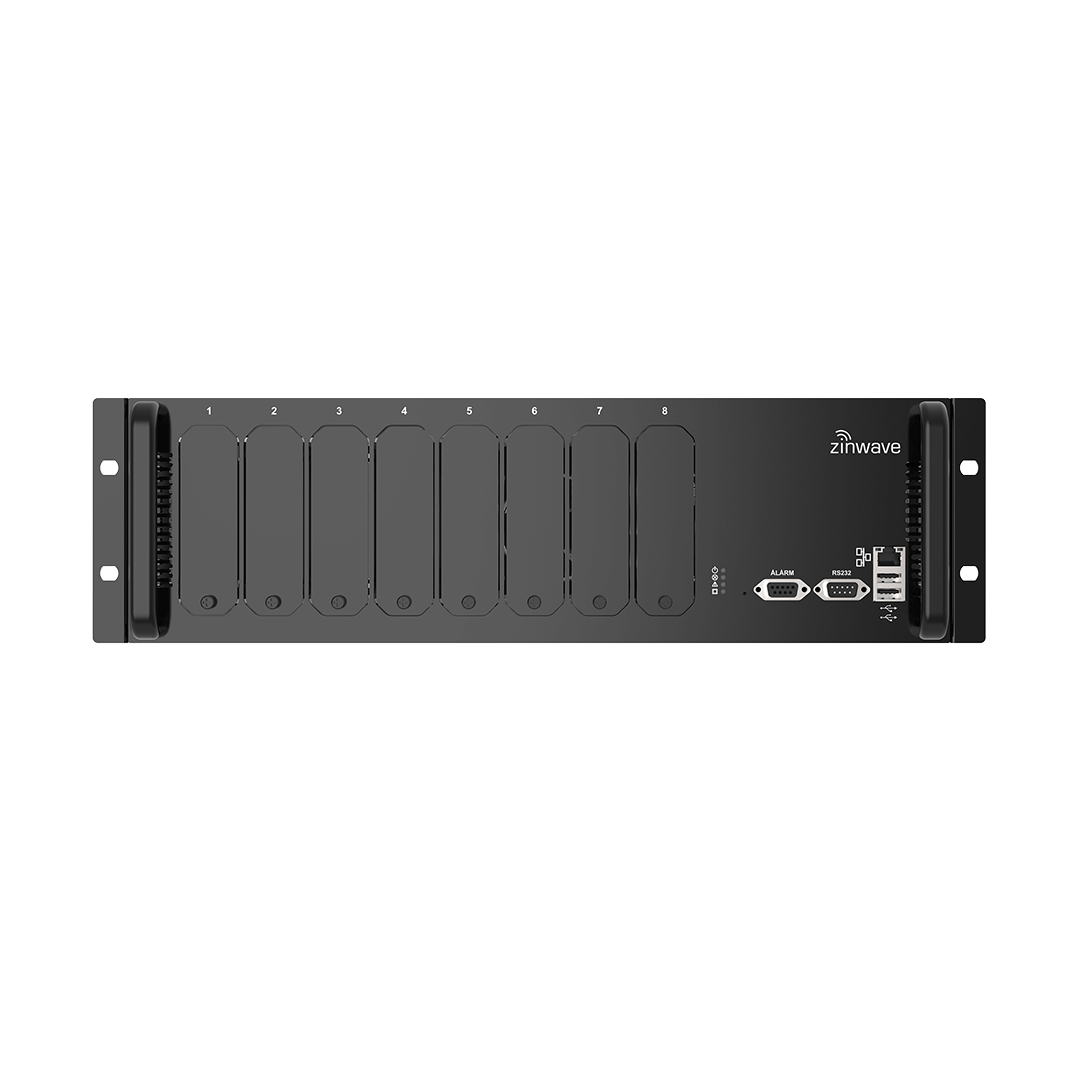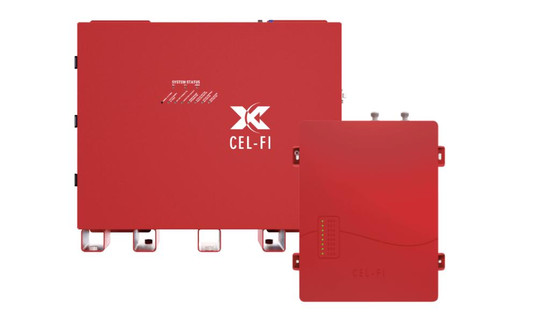Government Grant Funding for Better Cell Service in Schools
Why Indoor Cell Signal Matters in Schools
In today’s schools, reliable cell signal supports more than just phone calls. It helps keep learning on track, communication seamless, and safety systems dependable. From accessing digital tools to coordinating with staff and parents, strong cellular coverage plays a quiet but critical role in the everyday rhythm of school life.
WiFi plays a big part, but it isn’t always enough, especially in older buildings or during emergencies. That’s why many schools are exploring cellular solutions, like cell phone signal boosters, to fill the gaps. And with grant funding available, upgrading your school’s coverage may be more accessible than you think.
Take advantage of our system design and installation services. Learn more or call us for a free consultation: 1-800-969-8189.
Why Schools Struggle With Weak Cellular Reception
Many school buildings, especially older ones, weren’t built with connectivity in mind. Building materials like concrete, brick, steel, and energy-efficient glass can weaken or block cell signals entirely, especially in interior classrooms, lower levels, and safe rooms. Even if the signal outside is strong, it often drops off as soon as you step through the door.
School-Friendly Signal Solutions: DAS Options Made Simple
Cell signal challenges don’t have to be permanent. Distributed Antenna Systems (DAS) help schools transform indoor cellular coverage. They can be tailored to fit your school’s size, layout, and budget. Whether in the gym, the library, or a basement classroom, students and staff can stay connected where it matters. Here is a brief overview of the DAS solutions available:
Passive DAS (Cell Phone Signal Boosters)
A Passive DAS, also known as a cell phone signal booster system, takes existing outdoor cell signal and rebroadcasts it throughout the building using a series of antennas and amplifiers, connected via coaxial cables. It’s one of the most affordable and widely used solutions for schools, especially those looking to improve coverage in key areas without lengthy deployment times or carrier approval requirements.
Popular Solution: WilsonPro Enterprise 4330
The WilsonPro Enterprise 4330 is a powerful passive DAS system designed to improve coverage across large spaces, ideal for schools with spotty reception.
Key features:
- Covers up to 100,000 sq ft under ideal conditions
- Supports all major U.S. carriers (Verizon, AT&T, T-Mobile)
- Up to 70 dB gain and 26 dBm uplink power for reaching distant towers
- Split mode for multi-tower targeting to optimize multi-carrier coverage
- Channelization technology filters specific frequency bands for improved signal strength
- Equipped with XDR (eXtended Dynamic Range) to prevent signal overload and ensure continuous uptime
- Remote monitoring available through WilsonPro Cloud
- Seamlessly integrates with Zinwave for Hybrid DAS applications
Our professional installers will survey your school and design a custom system based on your unique needs.
Hybrid DAS
A Hybrid DAS blends the best of both passive and active systems. It uses a mix of coaxial and Ethernet or fiber optic cables to deliver strong, consistent signal across larger or more complex school buildings. For campuses that need more coverage than a basic booster but don’t have the budget or infrastructure for a full Active DAS, hybrid systems offer a smart middle ground.
Popular Solution: Nextivity QUATRA 4000c
The QUATRA 4000c is a leading Hybrid DAS solution designed specifically for large spaces like schools. It boosts 4G, LTE, and 5G coverage across multiple carriers and comes with advanced features that make it ideal for safety and operations.
Key features:
- Covers up to 200,000 sq ft with enterprise-grade connectivity
- Provides up to +100 dB gain—up to 1,000x stronger than standard boosters
- Supports multi-carrier coverage (up to four carriers)
- Seamlessly integrates with smart server antennas for panic buttons, environmental sensors, and gunshot detection systems, supporting compliance with school safety initiatives like Alyssa’s Law.
- Enables real-time remote monitoring and management through Cel-Fi WAVE
- Supports CBRS for private network capabilities alongside public cellular
Active DAS
Active DAS is the most powerful, and also most complex, option for improving indoor signal. Unlike booster-based systems, it receives cell signals directly from the carriers, then distributes them throughout the building using fiber optic or Ethernet cables. Because it doesn’t rely on an outdoor donor signal, it’s ideal for very large campuses or locations with extremely weak coverage.
That power comes with trade-offs. Active DAS is typically the most expensive solution, requires carrier coordination and approval, and involves dedicated carrier equipment. It also tends to have longer deployment timelines, making it best suited for large-scale school districts or new construction projects with more flexible budgets and schedules.
Popular Solution: WilsonPro Zinwave Active DAS
The Zinwave Active DAS delivers high-performance, fiber-based signal distribution for large school districts, high schools, and multi-building campuses.
- Supports all major U.S. carriers across multiple frequency bands
- Delivers constant coverage with minimal signal loss over long distances
- Ideal for very large or multi-building environments
- Designed for high-density use (great for auditoriums, gyms, and administrative centers)
- Scalable and carrier-agnostic with future-ready architecture
Public Safety DAS
Public Safety DAS is designed to keep first responders connected during emergencies. Unlike standard cellular systems, these solutions operate on dedicated public safety frequencies like FirstNet and LMR (Land Mobile Radio). Many jurisdictions now require them by code in new school buildings or renovations.
Popular Solution: Cel-Fi by Nextivity SHIELD EXTEND
The Nextivity SHIELD EXTEND is a public safety-rated Hybrid DAS that helps schools meet critical safety requirements and ensures emergency personnel stay connected, even in stairwells, basements, and other hard-to-reach areas.
- Covers up to 200,000 sq ft with strong, code-compliant public safety signal
- Supports both FirstNet and LMR frequencies
- Designed to meet NFPA and IFC fire codes
- Up to 100 dB gain for powerful signal in difficult environments
- Backup battery support for continued operation during power outages
- Flexible Class A and Class B versions available, with customizable channel settings
Because of their strong performance and cost-effectiveness, Passive and Hybrid DAS systems are the most popular solutions in education today, especially when paired with available school safety grants.
Funding Help is Available: Two Major School Safety Grant Programs
We understand that budget is often a top concern for schools. The good news? Many cellular signal solutions, especially those that support communication during emergencies, qualify for public safety or school violence prevention funding. Here are two of the most widely used grants available:
1) Student, Teacher, and Officers Preventing (STOP) School Violence Program
Funded by the Bureau of Justice Assistance (BJA), the STOP School Violence Program supports evidence-based strategies and technologies that help prevent violence in schools.
Eligible uses include:
- Technology to improve communication during emergencies
- Training for school personnel on prevention of violence and crisis response
- Development of school safety plans and threat assessment programs
- Deploy technology solutions that expedite communication during emergencies
Who can apply:
- Public school districts
- State and local governments
- Federally recognized tribal governments
- Nonprofits and higher education institutions
Grants are awarded annually. Visit the BJA STOP program page for updates and deadlines.
2) School Violence Prevention Program (SVPP)
Managed by the U.S. Department of Justice’s Office of Community Oriented Policing Services (COPS Office), the SVPP provides funding to help schools improve safety through coordination with local law enforcement and the implementation of security technology.
Eligible uses include:
- Communication tools that alert law enforcement during emergencies
- Technology upgrades for safer school environments
- Equipment that supports faster emergency response
Who can apply:
- School districts
- Local and state law enforcement agencies
- Tribal governments and public agencies
Learn more and apply through the COPS SVPP page.
Need Help Finding or Applying for Funding? We Work with NASPO
Navigating grant programs can feel overwhelming—but you don’t have to figure it out alone. As a NASPO (National Association of State Procurement Officials) partner, we work directly with schools to help identify eligible state and federal funding opportunities.
Whether you’re just starting your search or need help choosing the right DAS system for your campus, our team can guide you through the process.
Need support? Give us a call at 1-800-420-3211 for a free consultation and custom recommendation for your school.
Don’t Let Weak Signal Become a Safety Risk
Creating safe, connected schools starts with strong communication, and that means reliable cellular signal. It supports not just the emergency response, but the day-to-day flow of learning and coordination that keeps schools running smoothly. While building materials and infrastructure can make coverage a challenge, there are proven solutions available for schools of all sizes and budgets.
If funding is a concern, you may be eligible for funding to help offset the investment. Our team can walk you through your options, design a system that fits your space, and connect you with funding opportunities to make it happen.
Let’s talk. Call us at 1-800-420-3211 for a free consultation and personalized support.
Interested in Learning More? Check Out Our Cellular Info Hub / WiFi Info Hub

